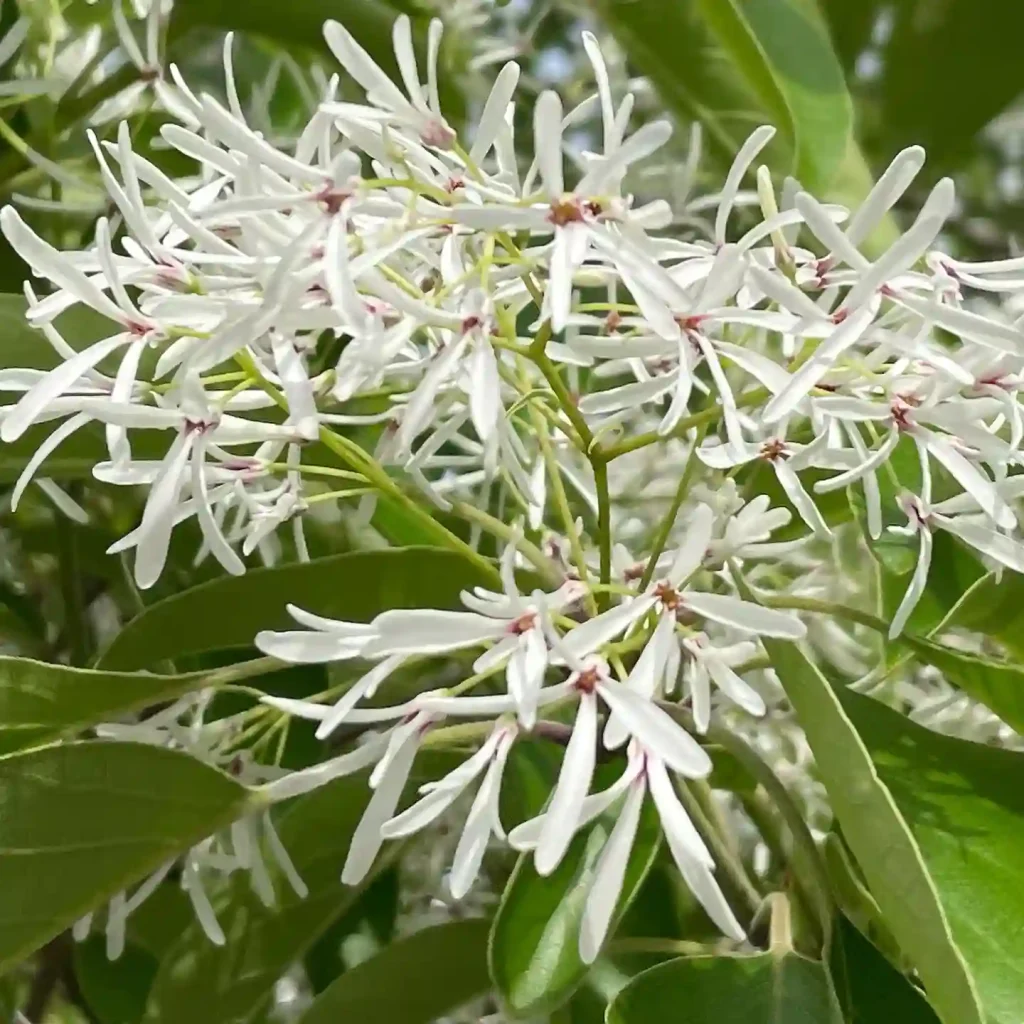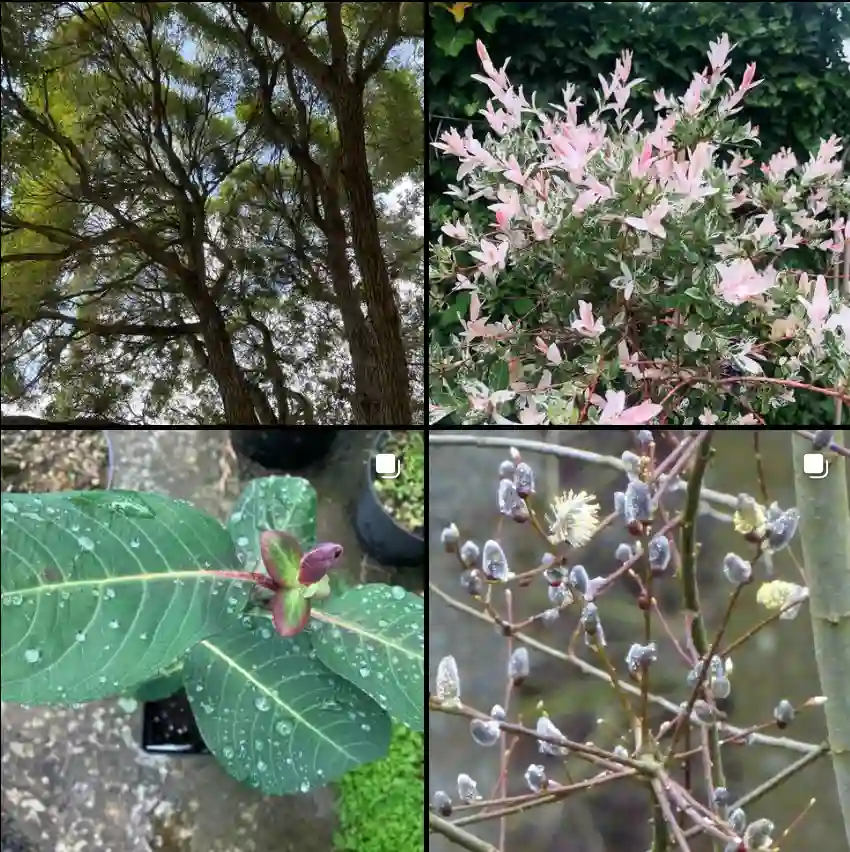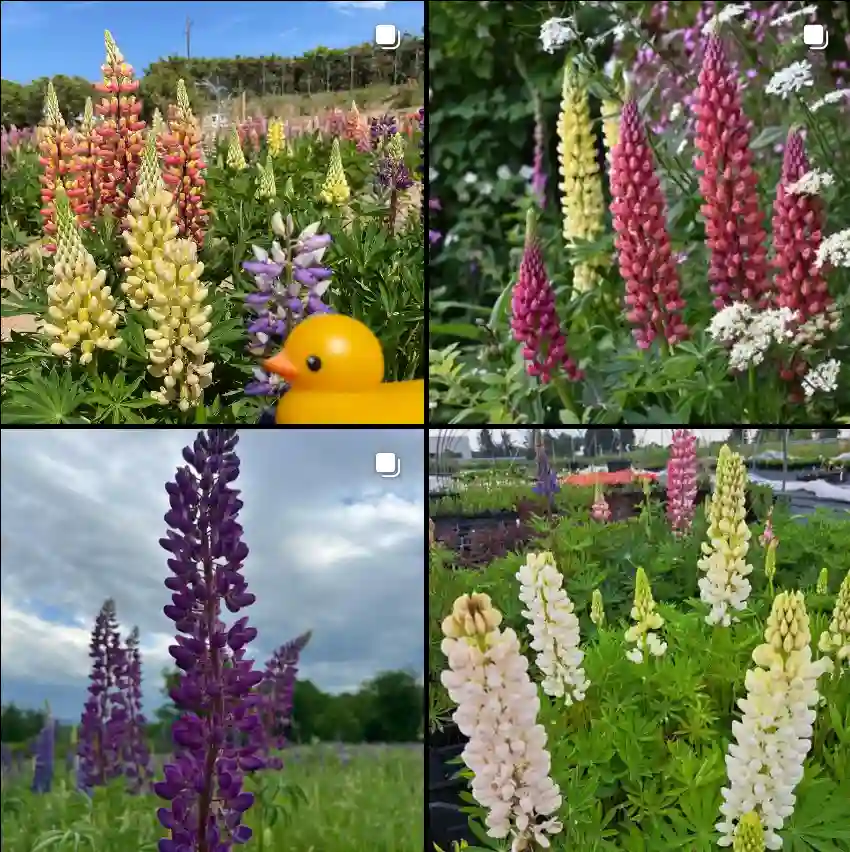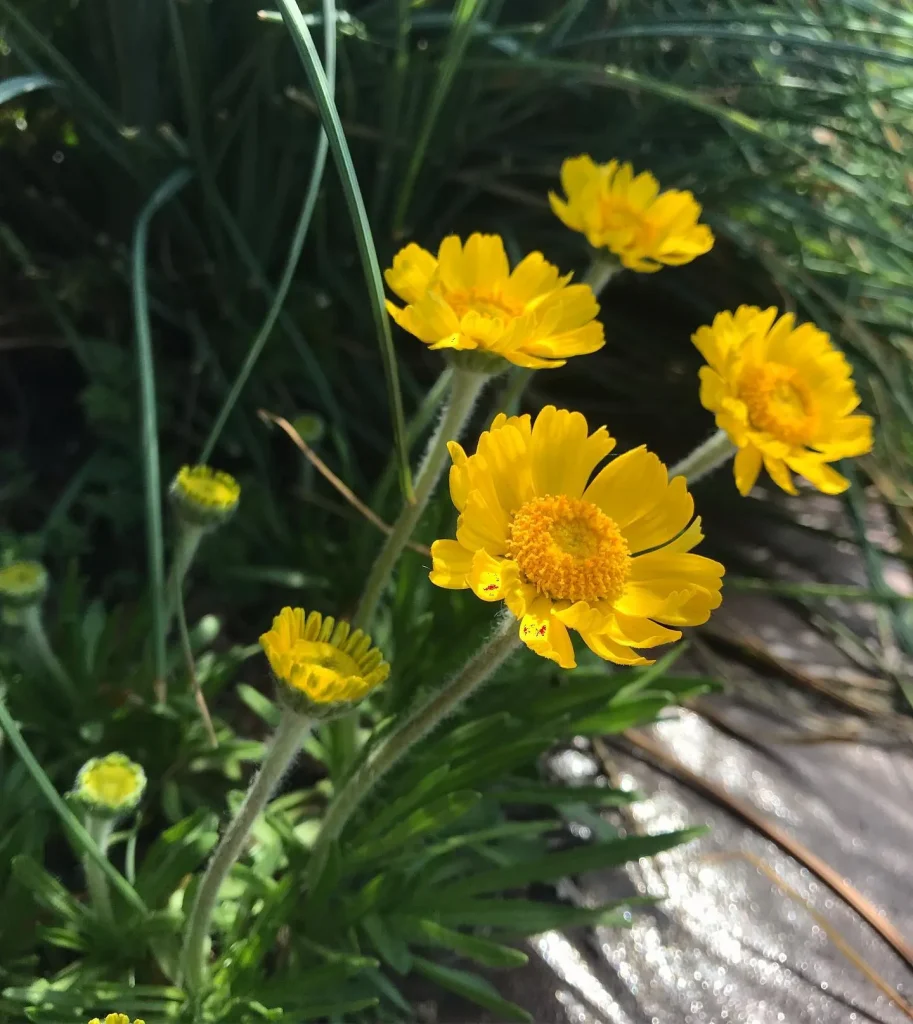FAQs About Heliamphora Godzilla: Everything You Need to Know
When it comes to growing unique and captivating plants, Heliamphora Godzilla stands out as a favorite among carnivorous plant enthusiasts. This plant, with its striking appearance and intriguing habits, raises many questions. Having spent a good deal of time caring for Heliamphora Godzilla, I’m excited to share the answers to some frequently asked questions about this fascinating species.
18 Species in Genus Heliamphora
What Is Heliamphora Godzilla?
Heliamphora Godzilla is a species of pitcher plant native to the highlands of Venezuela. It’s known for its distinctive, large, and bulbous pitchers that resemble a prehistoric monster, hence the name “Godzilla.” The plant thrives in the cool, misty environments of its natural habitat, making it a unique addition to any carnivorous plant collection.
How to Care for Heliamphora Godzilla?
Caring for Heliamphora Godzilla can be a bit of a challenge, but it’s well worth the effort. Here are some key points to keep in mind:
- Light: Heliamphora Godzilla prefers bright, indirect light. If grown indoors, a south-facing window or grow lights can provide the necessary light. Outdoors, ensure it’s placed in a spot with filtered sunlight.
- Temperature: This plant thrives in cooler temperatures, ideally between 70-80°F (21-27°C) during the day and 50-60°F (10-15°C) at night. Maintaining these temperatures is crucial for its health.
- Humidity: High humidity is essential for Heliamphora Godzilla. Aim for levels between 50-80%. A humidifier or regular misting can help maintain these levels, especially if you live in a dry climate.
- Watering: Use distilled or rainwater to keep the soil consistently moist. Avoid using tap water as it can contain minerals and chemicals that may harm the plant.
- Soil: The plant prefers a well-draining, acidic soil mix. A blend of sphagnum moss and perlite works well. Ensure the pot has good drainage to prevent waterlogging.
How to Propagate Heliamphora Godzilla?
Propagating Heliamphora Godzilla can be done through division. Here’s a step-by-step guide:
- Wait for the Plant to Grow: Ensure your plant is well-established and has several rosettes or offsets.
- Remove from Pot: Carefully remove the plant from its pot, taking care not to damage the roots.
- Divide the Plant: Gently separate the offsets or rosettes, ensuring each division has some roots attached.
- Re-pot the Divisions: Plant each division in a separate pot with the same soil mix used for the original plant.
- Care for New Plants: Treat the new plants with the same care as you would for the mature plant, including proper lighting, humidity, and watering.
What to Plant with Heliamphora Godzilla?
When planting Heliamphora Godzilla, you might consider combining it with other carnivorous plants or plants that share similar care requirements:
- Nepenthes: Another genus of pitcher plants, Nepenthes, can thrive in similar conditions and create a stunning display.
- Sarracenia: Although they prefer slightly different conditions, they can still complement Heliamphora Godzilla’s unique appearance.
- Sphagnum Moss: This can be used as a ground cover around the plant to help maintain humidity and keep the soil moist.
How to Use Heliamphora Godzilla?
In terms of practical use, Heliamphora Godzilla is primarily an ornamental plant. Its striking appearance makes it a focal point in terrariums, greenhouses, or as a conversation piece in a room. While it may not have direct practical uses, it adds an exotic touch to any collection.
Is Heliamphora Godzilla Toxic?
No, Heliamphora Godzilla is not toxic to humans or pets. It’s a safe plant to have around the house. However, as with any plant, it’s best to keep an eye on pets to ensure they don’t chew on it, as ingesting any plant material could potentially cause some digestive upset.
How to Troubleshoot Common Issues?
Even with the best care, you might encounter some issues with Heliamphora Godzilla. Here’s how to address them:
- Brown Leaf Tips: This could be a sign of low humidity or over-fertilization. Increase humidity and reduce fertilizer use.
- Slow Growth: Ensure the plant is receiving enough light and that temperatures are within the recommended range.
- Root Rot: Often caused by waterlogging. Make sure the pot has good drainage and adjust watering habits.
Where to Buy Heliamphora Godzilla?
You can purchase Heliamphora Godzilla from specialized carnivorous plant nurseries or online stores. Look for reputable sellers who provide healthy plants and detailed care instructions.
In conclusion, Heliamphora Godzilla is a captivating addition to any plant collection, provided you can meet its specific care needs. With the right environment and attention, it will thrive and continue to impress with its monstrous beauty.
If i die, water my plants!



